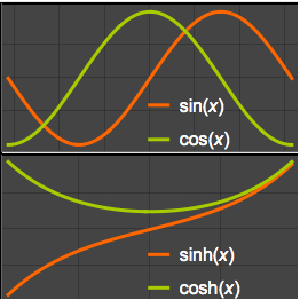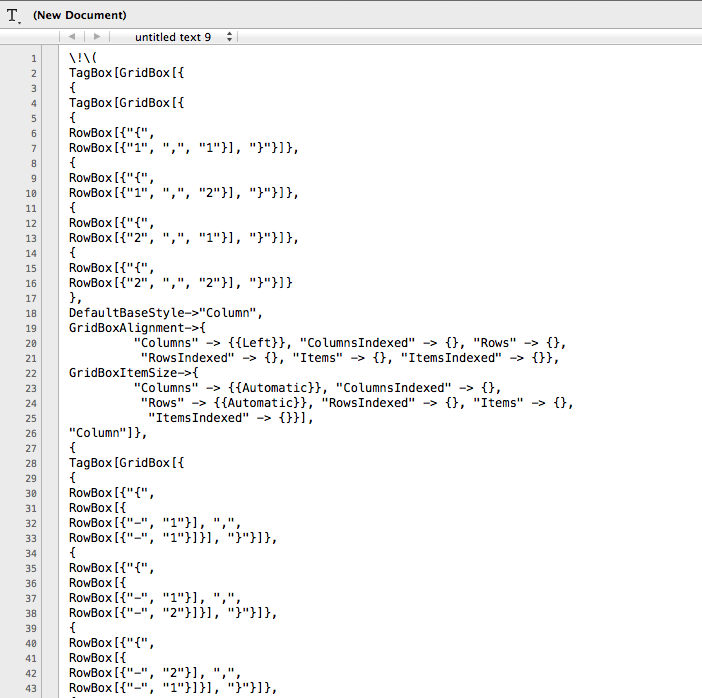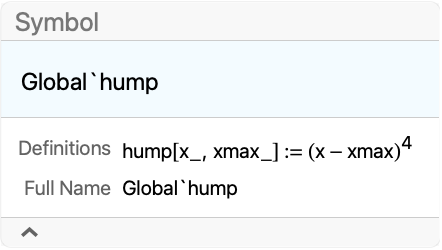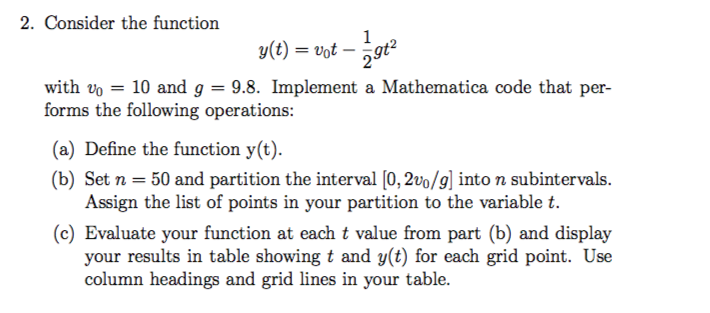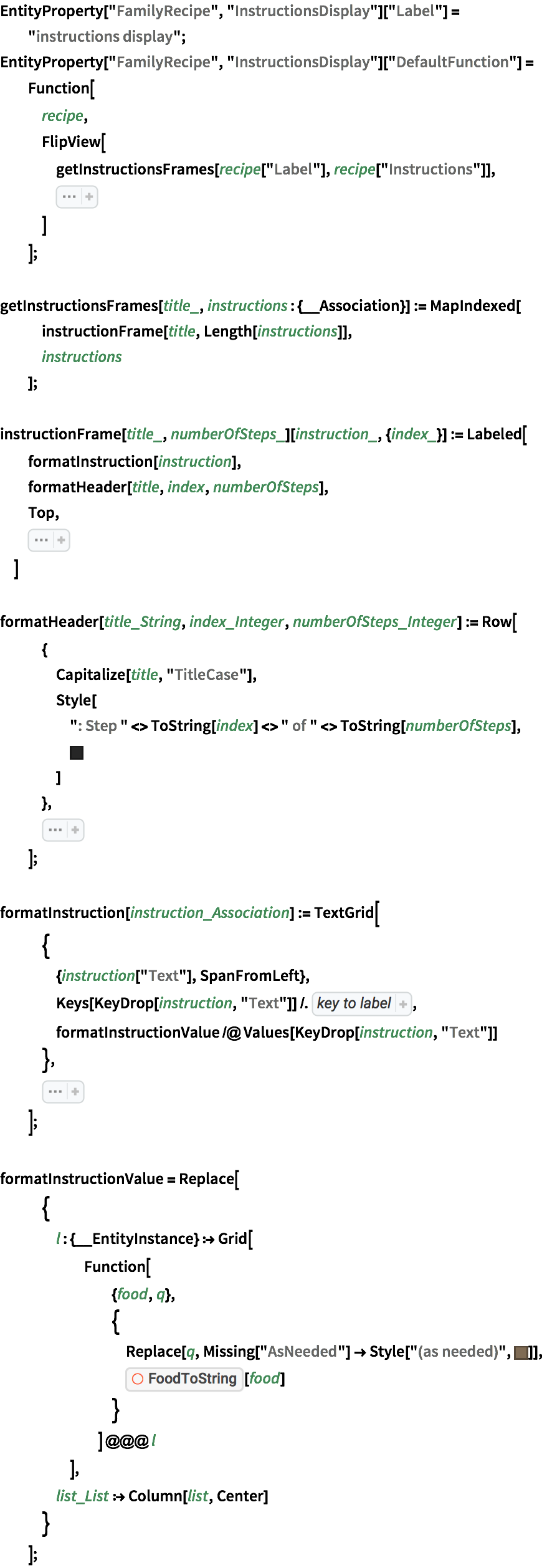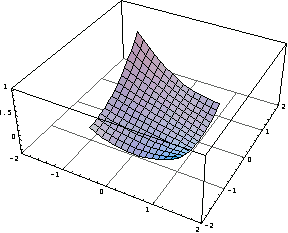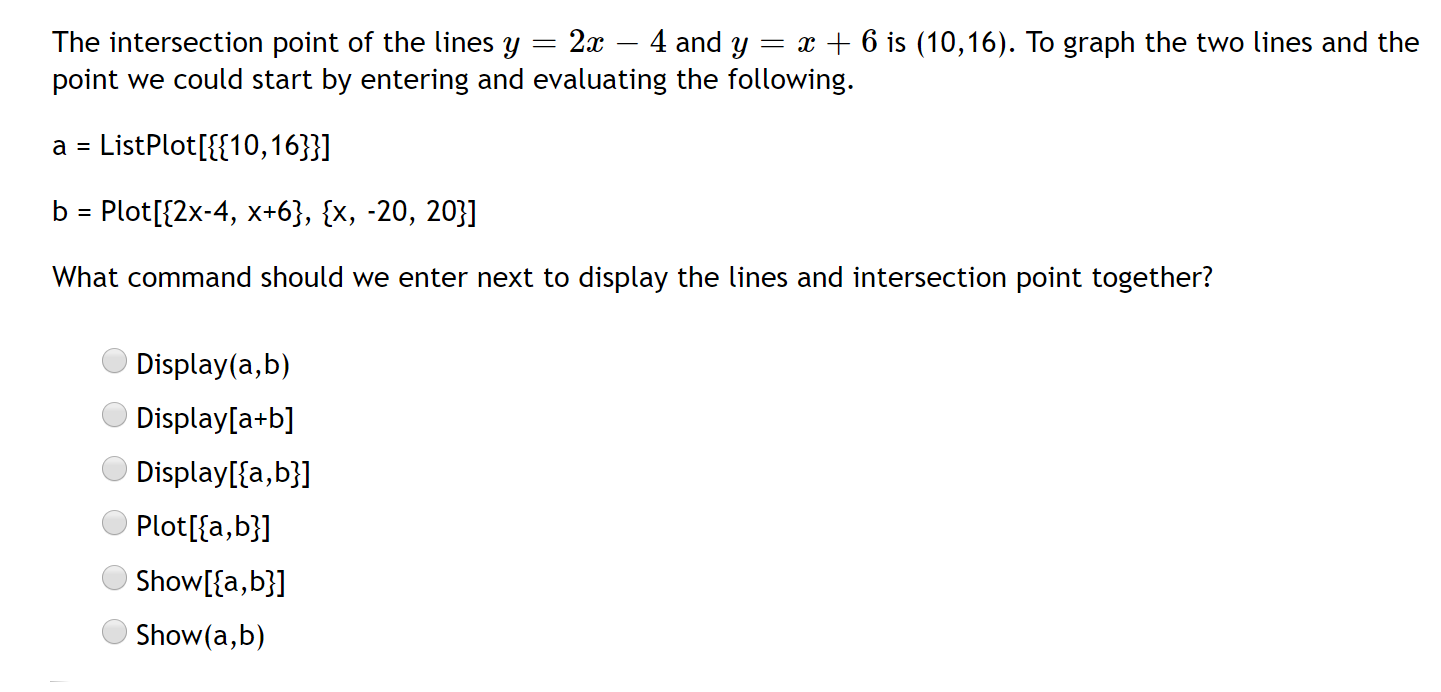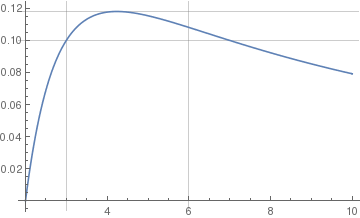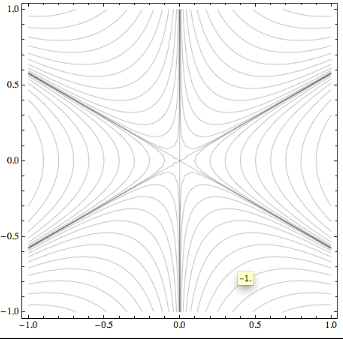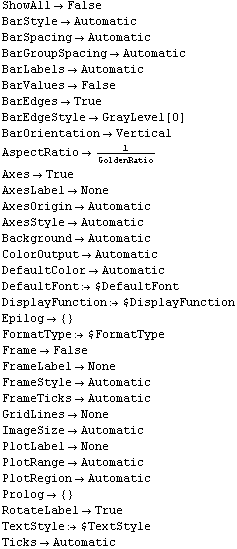Display Function Mathematica

I am very new to mathematica.
Display function mathematica. How do i display equations in traditionalform in mathematica. The image i am working on is a cardinal. I cannot for the life of me figure out how to use the show function to graph multiple functions of various domains and ranges on the same plot. This is the reason why the function which today is used to combine graphics has such an unusual name show so building graphics went like this.
It should look like this. Makes it convenient to just write the function out and hit ctrl shift t. Show graphics options shows graphics with the specified options added. They could be shown using the show command it was a side effect of show.
Before version 6 graphics did not display immediately after evauating the inert graphics expression. These two functions should be defined by cases i e. As a school project we have to graph images using basically a very large piecewise function. This option is not relevant since version 6 of mathematica.
If file does not end in m the function appends m. All of the functions we plotted above were written in cartesian coordinates. Create inactive symbols and expressions make addition and multiplication tables display common trigonometric values display function identities derive a least squares solution use inactive for debugging a program transform code optimize code. Show g1 g2 shows several graphics combined.
The reason is that mathematica s plotting program assumes that the ratio of width to height is. Ask question asked 8 years. Examples basic examples 2. Define functions fabove x for the curve mn above the x axis and fbelow x for the curve mn below the x axis.
Show as well as functions like plot and plot3d automatically applies the function specified by the setting for displayfunction before returning its results. This is my region. The semicolons at the end of each line keeps the lines from being displayed individu. D plot the region r by using mathematica.
Browse other questions tagged wolfram mathematica or ask your own question.



